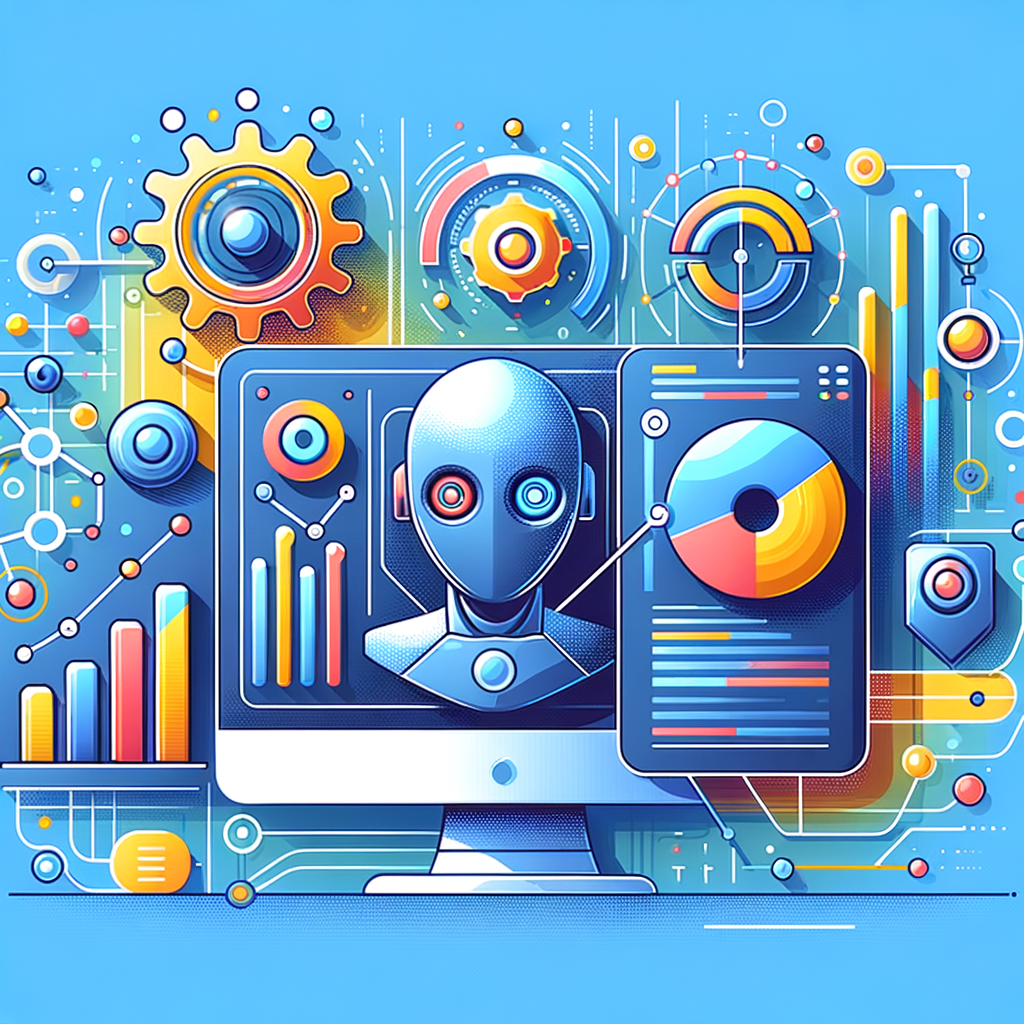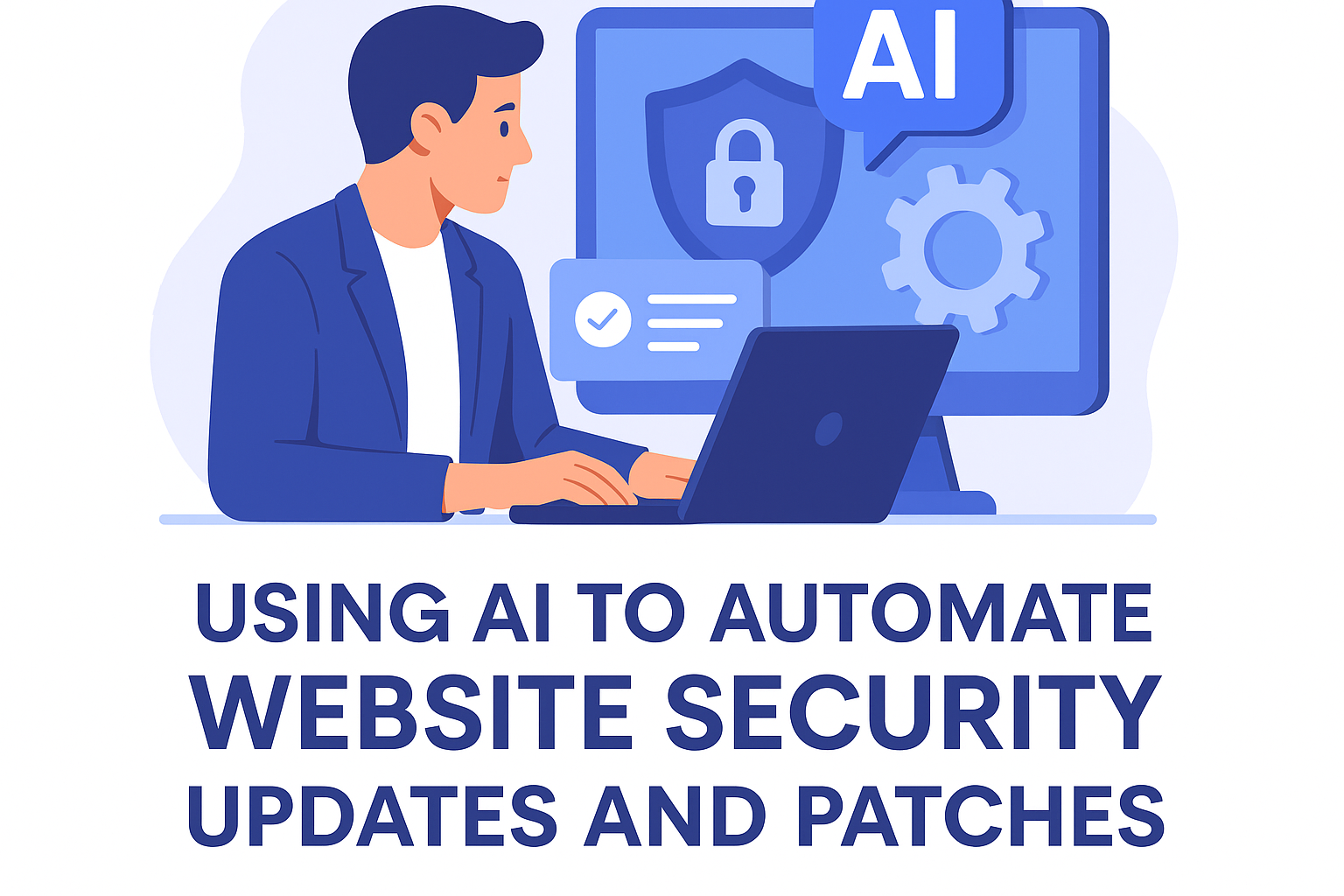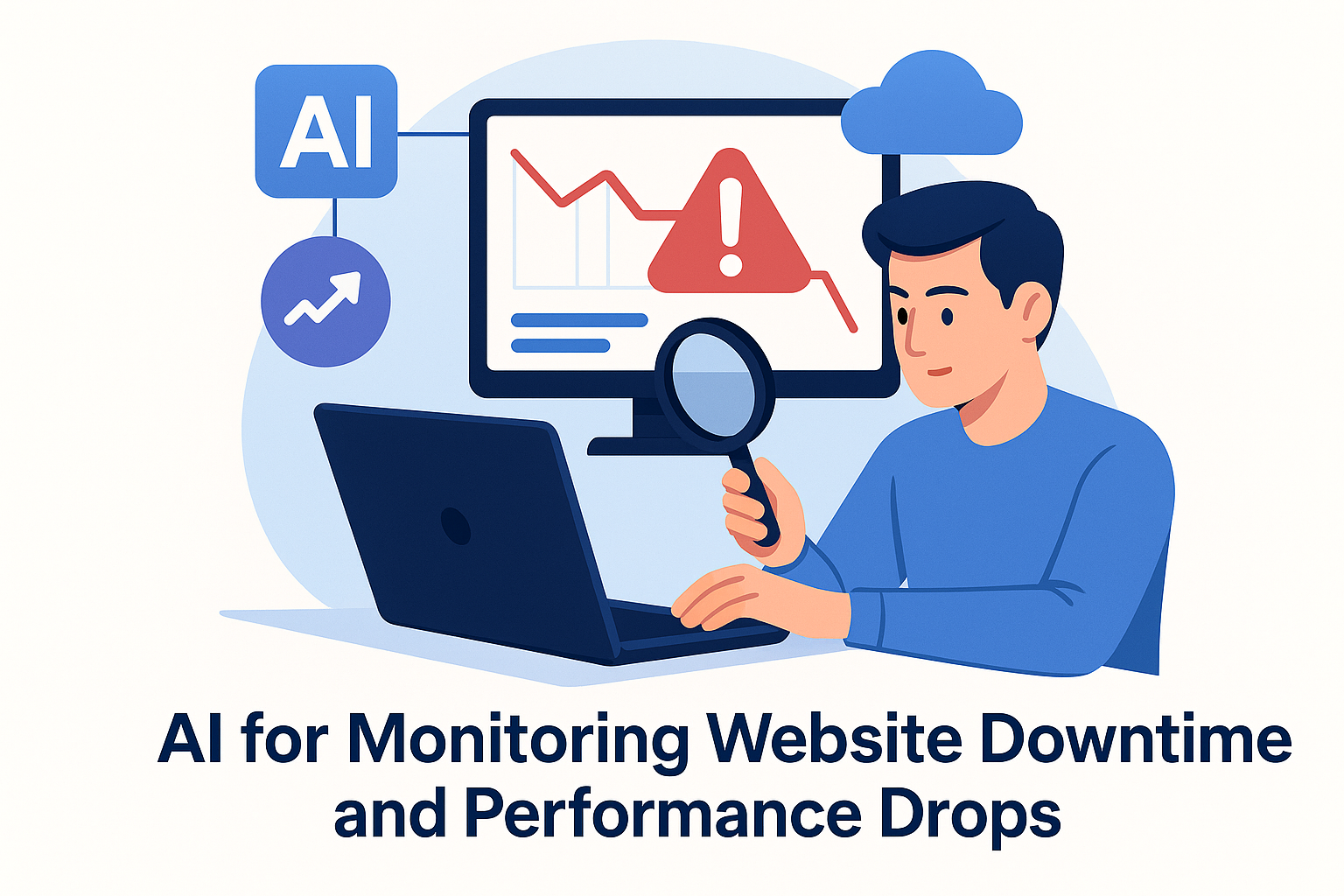Search engine rankings can change overnight—and sometimes within hours. Competitors update their content. Google tweaks its algorithm. Search trends shift. And unless you’re actively monitoring your keyword rankings in real time, it’s easy to miss critical signals and fall behind.
That’s where AI-powered SEO gives you a serious edge.
Instead of manually checking positions once a week or parsing endless spreadsheets, you can now use AI to:
- Monitor keyword rankings as they change
- Detect volatility or sudden drops instantly
- Uncover the reasons behind ranking shifts
- Take action—automatically or with AI-suggested steps
- Scale optimizations without burning time or hiring help
In this guide, we’ll walk you through exactly how to use artificial intelligence to monitor and improve your keyword rankings in real time, using tools like DIYSEO GPT, SEO AI Writer, and the Link Marketplace.
Why Real-Time Ranking Monitoring Matters
Keyword rankings are not static. They change frequently due to:
- Algorithm updates
- Competitor content changes
- New backlinks or lost links
- Page experience signals (speed, mobile-friendliness)
- SERP layout changes (e.g., featured snippets, FAQs)
If you’re not paying attention to these shifts in real time, you miss:
- Opportunities to capitalize on rising trends
- Warnings before rankings tank further
- Timing windows to build links or refresh content
- Historical context for what causes improvement or decline
AI gives you the eyes and speed you need to stay ahead—not just catch up.
Key Benefits of AI-Driven Rank Monitoring
AI tools don’t just track rankings—they analyze, interpret, and optimize. Here’s how:
✅ Continuous Monitoring
No more logging into keyword tools daily. AI keeps tabs on your keyword positions 24/7.
✅ Instant Alerts
Get notified the moment a key page drops, climbs, or gets replaced in a SERP feature.
✅ Smart Diagnosis
AI tells you why rankings are changing—not just that they are.
✅ Real-Time Optimization Suggestions
Instantly get keyword suggestions, content edits, or link-building ideas to regain lost ground or push a page higher.
Step-by-Step: How to Monitor and Optimize Page Rankings Using AI
Let’s build a simple, repeatable system using the DIYSEO toolset.
🔍 Step 1: Monitor Your Target Keywords
You can start by uploading your primary keywords or pulling them from Google Search Console.
With DIYSEO GPT, prompt:
“Track these 25 target keywords across my main pages. Alert me when there’s a drop or gain of more than 3 positions in 48 hours.”
AI will continuously monitor your rankings and notify you of:
- Sudden drops
- New entries into the top 10
- SERP changes (e.g., a featured snippet stealing clicks)
This gives you a live pulse on your SEO performance.
📈 Step 2: Detect Ranking Drops and Diagnose the Cause
When a ranking drop happens, don’t panic—investigate.
Prompt DIYSEO GPT:
“My blog post on [URL] dropped from position 4 to 11. What are the likely reasons?”
You’ll get AI-powered diagnosis that might include:
- Competitor pages being updated
- Loss of backlinks
- Increased SERP competition (e.g., video results added)
- Content no longer matching search intent
- Page speed issues after a design change
Then ask:
“What are 3 actions I can take to recover the lost ranking?”
✍️ Step 3: Refresh Content With SEO AI Writer
If outdated or thin content is the culprit, open the SEO AI Writer to create fast improvements:
Prompt examples:
- “Rewrite the intro to this post to better align with the keyword ‘best CRM tools for startups.’”
- “Add an FAQ section based on current People Also Ask results for this keyword.”
- “Generate a conclusion with a stronger call to action and keyword usage.”
Once updated, republish the page and let AI re-track its performance.
🔗 Step 4: Build or Replace Lost Backlinks
If a drop is due to lost authority, use the Link Marketplace to replace lost links or build new ones to your affected page.
Prompt DIYSEO GPT:
“My rankings dropped after losing backlinks to /seo-tools. Suggest 3 relevant link categories to target in Link Marketplace.”
AI recommends categories and link packages based on page topic, authority needs, and competition.
📊 Step 5: Track Recovery and Optimize Further
After implementing changes, don’t guess whether it worked—ask AI.
Prompt:
“Compare my keyword positions and traffic for /seo-tools before and after last week’s updates. What changed and what else can I do?”
The GPT summarizes performance shifts, explains why they happened, and suggests the next best step to continue improving.
Proactive Use: Use AI to Spot and Capitalize on Ranking Opportunities
Real-time AI monitoring isn’t just for preventing losses. It’s also your best tool for proactive growth.
📈 Identify Keywords Just Outside Page 1
Prompt:
“List keywords where I rank between positions 11–20. Prioritize by impressions and potential traffic.”
Use this to prioritize quick-win optimizations (like metadata updates, additional links, or better keyword placement).
💡 Detect New Featured Snippet Opportunities
Prompt:
“Which of my pages are close to gaining a featured snippet? What changes can I make to increase my chances?”
AI checks for structured content, headers, tables, or bullet formatting that aligns with Google’s snippet preferences.
🚀 Track SERP Volatility and Algorithm Impact
Prompt:
“Have any of my top 25 keywords experienced ranking volatility in the last 7 days? Could it be related to an algorithm update?”
This gives you a pulse on whether external factors are affecting performance—and whether to stay the course or pivot strategy.
Real-World Use Case Example: Rank Recovery in 48 Hours
Let’s say your landing page for “AI SEO tools” drops from position 5 to 10.
You run this process:
- Prompt GPT: “Diagnose the drop on /ai-seo-tools.”
- AI finds: Competitor added fresh content + secured a new link.
- You use SEO AI Writer: Refresh headings, add a comparison table, and a FAQ.
- Use Link Marketplace: Buy a high-authority link in the tech category.
- Re-index and track: Rankings climb back to position 6 in two days.
This is the power of AI + real-time reaction. You didn’t wait for the monthly report—you responded and won.
Tips for Building a Real-Time Rank Optimization Workflow
| Task | Tool | Prompt Example |
|---|---|---|
| Monitor rankings daily | DIYSEO GPT | “Alert me when top 10 rankings change.” |
| Detect drops or gains | GPT | “What caused the drop for /pricing?” |
| Refresh content | SEO AI Writer | “Rewrite intro to better target [keyword].” |
| Build links | Link Marketplace | “Suggest link categories for /seo-audit.” |
| Compare performance | GPT | “Did my changes improve rankings and traffic?” |
Final Thoughts
Manual rank tracking is slow, reactive, and often too late. But with AI, you gain the ability to monitor, interpret, and optimize in real time—without endless dashboards or SEO guesswork.
The DIYSEO GPT tracks rankings and surfaces threats or wins as they happen.
The SEO AI Writer updates your content to compete and convert.
The Link Marketplace gives you the authority to push higher—and stay there.
Real-time SEO is no longer reserved for enterprise teams. With AI, it’s yours—fast, simple, and scalable.
Frequently Asked Questions
1. What is the role of AI in monitoring page rankings in real-time?
AI plays a pivotal role in the dynamic world of SEO by providing businesses with real-time insights into their page rankings. Essentially, AI algorithms are designed to constantly analyze massive amounts of data, enabling you to track your website’s performance on major search engines like Google, Bing, and Yahoo. Unlike traditional methods, which may require manual checking and analysis, AI operates swiftly and accurately by monitoring changes in search engine algorithms, keyword performance, and competitor activity. This allows businesses to not only understand their current search engine positions but also react quickly to any fluctuations, optimizing content as necessary to maintain or improve their standings.
2. How does AI optimize page rankings on search engines?
AI optimizes page rankings through a multi-faceted approach. First, it conducts a comprehensive analysis of your website’s content, identifying underperforming areas and suggesting enhancements that align with search engine criteria. This includes optimizing keywords, meta tags, and headers, as well as improving content quality and user experience. Moreover, AI systems have the capability to understand search intent and adapt to search engine algorithm updates, ensuring that your SEO strategies remain effective. By performing these tasks at a rapid pace, AI helps businesses maintain a competitive edge in search engine rankings, accelerating the optimization process beyond human capabilities.
3. Can AI help with keyword research and content strategy for SEO?
Absolutely. AI excels in keyword research by evaluating vast amounts of search data to identify the most relevant and high-traffic keywords that can boost your site’s visibility. It takes into account not only the current performance of keywords but also emerging trends, providing you with a strategic advantage. Regarding content strategy, AI can analyze user engagement metrics to determine what type of content resonates most with your audience. This insight allows businesses to refine their content strategy, focusing on topics and formats that drive traffic and enhance user engagement. AI-driven tools can also assist in creating and optimizing content, ensuring it is tailored for SEO success.
4. How does AI handle changes in search engine algorithms?
AI is particularly adept at dealing with changes in search engine algorithms, which might overpower human efforts due to the sheer complexity and frequency of updates. AI systems are programmed to adapt quickly to such changes by continuously analyzing algorithm patterns and their implications on rankings. By doing so, AI can swiftly adjust your SEO strategy, ensuring that any modifications in algorithms do not negatively impact your website’s visibility. This adaptive nature of AI means your SEO practices remain robust and effective, safeguarding your ranking against the unpredictability of algorithm updates.
5. Are there any limitations to using AI for monitoring and optimizing page rankings?
While AI is a powerful tool for SEO, it does have certain limitations. For instance, AI lacks the creative instincts and emotional intelligence that human SEO experts bring to the table, which can be crucial for crafting genuinely engaging and groundbreaking content. Additionally, AI programs require substantial data to function optimally. In cases where data is insufficient or not properly collected, the insights generated might be less accurate or actionable. It’s also important to implement AI tools in a way that complements human efforts, rather than replacing them entirely. By striking a balance, businesses can leverage AI to its fullest potential while still benefiting from human oversight and creative input.



